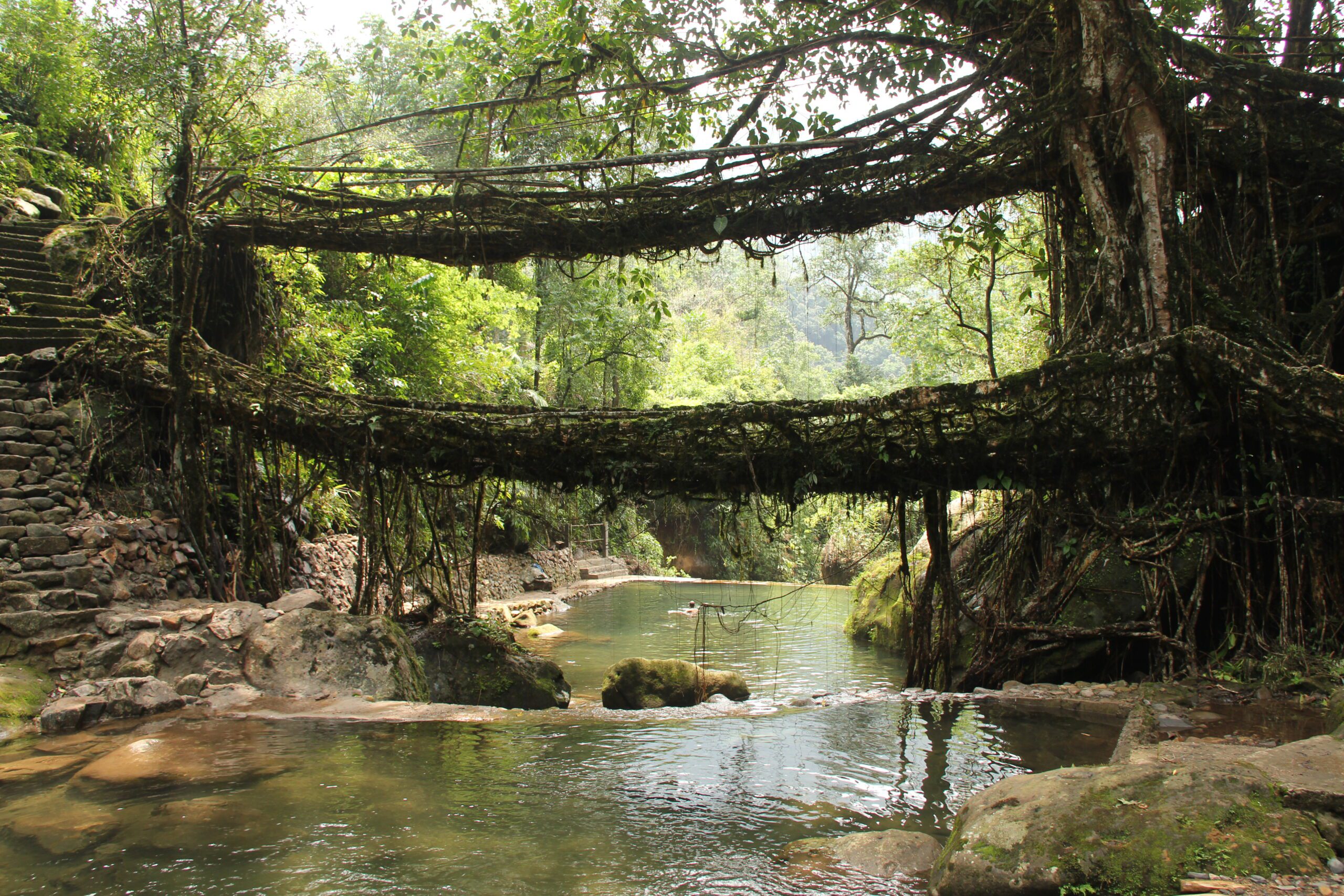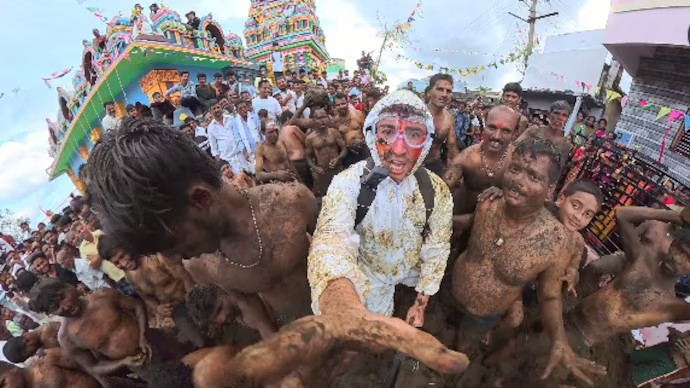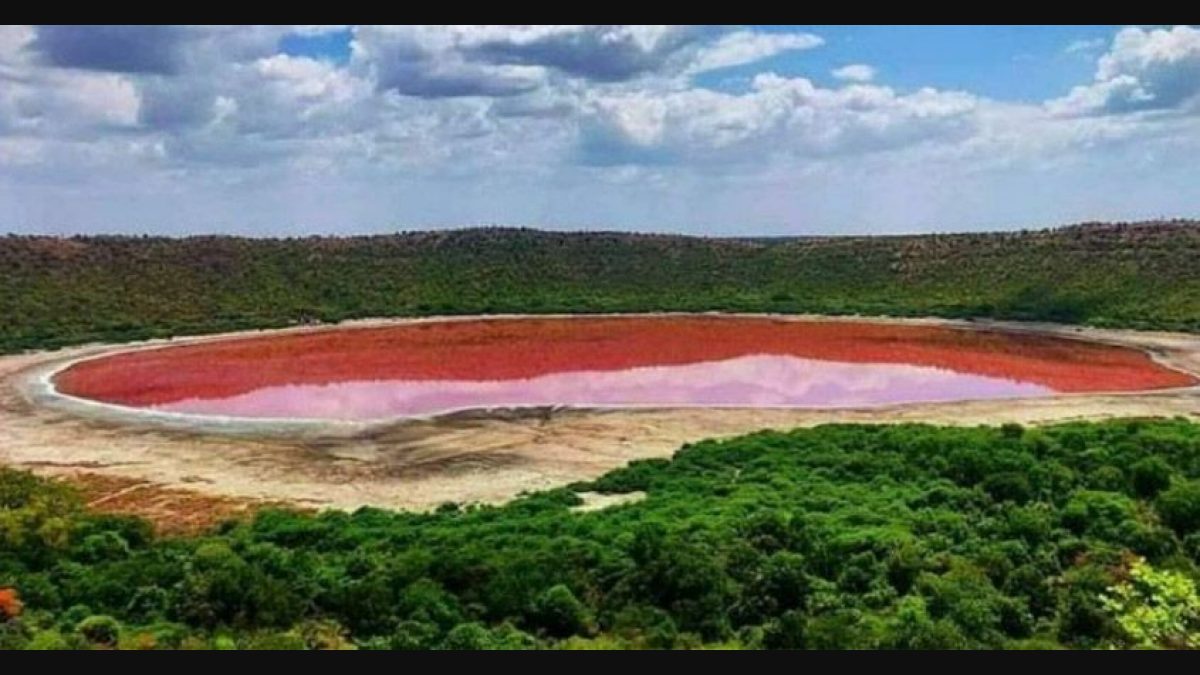Now Reading: The Root Bridges of Meghalaya That Grow Stronger Over Time
-
01
The Root Bridges of Meghalaya That Grow Stronger Over Time
The Root Bridges of Meghalaya That Grow Stronger Over Time

In the hills of Meghalaya, bridges are not built with cement or steel but with the living roots of trees. Known as root bridges, these unique structures are carefully guided by villagers who weave the aerial roots of rubber trees across streams and valleys. What makes them remarkable is that unlike conventional bridges, they grow stronger with time, carrying the stories and footsteps of generations.
The process of creating a root bridge can take years, sometimes decades. Villagers patiently guide the roots across bamboo or wooden frames until they naturally intertwine and anchor themselves. As the roots mature, the bridge becomes sturdier, capable of supporting heavy loads and lasting for centuries. These bridges are not just functional but also represent the bond between people and nature, where patience and tradition shape engineering marvels.
For communities in Meghalaya’s remote areas, root bridges are more than just pathways. They connect villages, allow safe passage during monsoons, and stand as a symbol of resilience in a region that receives some of the heaviest rainfall in the world. While tourists today are drawn to their beauty, for locals, they remain a vital part of everyday life.
The story of Meghalaya’s root bridges also holds lessons for Indian cities and towns. In an age where modern infrastructure often struggles with sustainability, these living bridges show how traditional knowledge can create eco-friendly solutions. They prove that development need not come at the cost of harmony with nature.
The root bridges of Meghalaya remind us that the strongest structures are often those that take time to grow. Built with patience and care, they stand as living monuments to human ingenuity and the enduring power of nature.

























